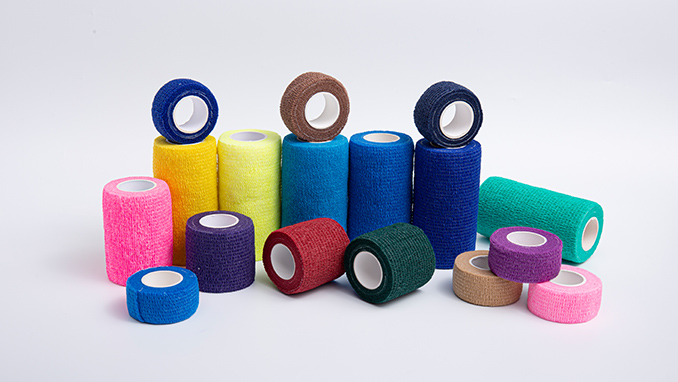
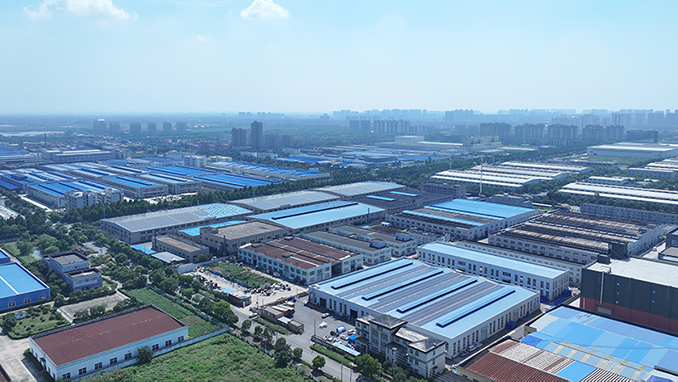
Company
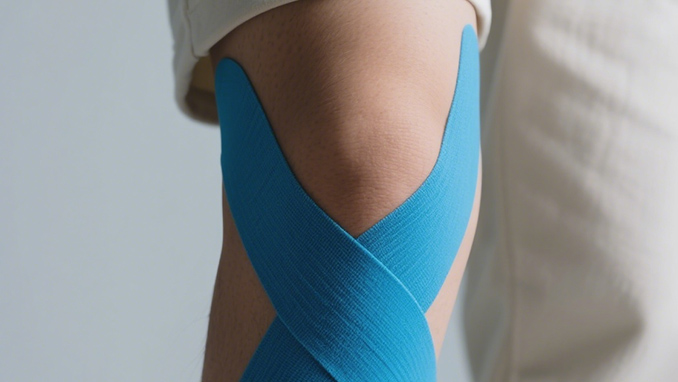
Solutions

Knowledge&Blog

Contact Us
Posted by Qinghong
The Wide-Ranging Applications of Sports Bandages?
As a core piece of equipment in sports protection and rehabilitation, sports bandages, with their properties of "supportive protection," "stable recovery," and "flexible adaptability," have expanded from professional competitive sports to diverse scenarios such as mass fitness and daily care. Their applications cover the entire sports cycle (pre-competition prevention, in-competition protection, post-competition rehabilitation) and meet the needs of different groups of people, specifically categorized into the following major directions:
Professional Competitive Sports: Reducing High-Risk Sports Injuries
In high-intensity or highly competitive sports such as basketball, football, rugby, track and field, and gymnastics, sports bandages are the "basic protective equipment" for athletes, mainly used for:
Joint Stabilization: For parts prone to sprains or dislocations (e.g., the ankles of basketball players, the wrists of gymnasts), the bandage’s compression and restraint limit excessive joint movement (such as over-inversion of the ankle), reducing the risk of ligament strains during sudden stops, jumps, and collisions.
Muscle Support: For muscle groups prone to fatigue or strains (e.g., the calf muscles of sprinters, the shoulder muscles of throwers), moderate compression from the bandage increases muscle tension, relieves muscle tremors during exercise, and reduces the probability of "muscle strains" and "muscle spasms."
Equipment Fixation: Securing protective gear (e.g., knee pads, elbow pads) or protective cushions to prevent the gear from shifting during exercise and ensure protective effects (e.g., fixing knee pads for football goalkeepers, securing elbow pads for ice hockey players).
Mass Fitness and Daily Sports: Adapting to Mild-to-Moderate Protection Needs
With the upsurge of national fitness, sports bandages have also become "daily protective tools" for popular sports such as running, yoga, cycling, badminton, and rope skipping. Their main application scenarios include:
Preventing Strain: For "overuse injuries" caused by long-term repetitive movements (e.g., knee strain in runners, tennis elbow in badminton enthusiasts), mild support from the bandage to joints/muscles disperses local pressure and reduces cumulative damage from long-term exercise.
Protection for Beginners: Due to unstandardized movements and insufficient muscle strength, beginners are prone to joint instability (e.g., ankle wobble when newbies skip rope). Bandages can provide basic stability and help establish correct exercise postures.
Scenario Adaptation: When running outdoors in rainy days or sweating heavily, waterproof sports bandages (e.g., self-adhesive elastic bandages) can be chosen to prevent the bandage from loosening due to moisture; for sports requiring high flexibility such as yoga, low-tension elastic bandages are used to provide protection without restricting limb stretching.
Sports Injury Rehabilitation: Assisting Recovery and Functional Reconstruction
Sports bandages are also "key auxiliary tools" in the rehabilitation stage after sports injuries (e.g., sprains, strains, tendinitis), playing an important role in physical therapy and home rehabilitation:
Swelling Reduction in the Acute Phase: In the early stage of injury (e.g., within 48 hours of an ankle sprain), "compression bandaging" with elastic bandages can limit the spread of local swelling and relieve pain (attention should be paid to the tightness to avoid affecting blood circulation).
Stabilization in the Recovery Phase: In the middle stage of injury (e.g., 1-2 weeks after a strain), joints/muscles are in a fragile state. Bandages can provide "protective support," allowing mild activities (e.g., slow walking, joint range-of-motion training) while preventing secondary injuries.
Functional Reconstruction: For post-operative rehabilitation (e.g., post-knee surgery) or chronic injuries (e.g., Achilles tendinitis), the bandage fixes the affected area during rehabilitation training, helping to gradually restore motor function and improve training safety (to be used under the guidance of a doctor or rehabilitation therapist).
Special Scenarios and Groups: Expanding the Boundaries of Protection
Beyond conventional sports scenarios, sports bandages also play a role in special fields, meeting the needs of a wider range of people:
Sports Protection for Adolescents: Adolescents’ bones and ligaments are not fully developed. In school sports (e.g., basketball classes, track and field training), breathable and hypoallergenic sports bandages (e.g., cotton sports bandages) are used to protect joints and reduce the risk of sports injuries during growth.
Daily Care for the Elderly: The elderly have declining muscle strength and reduced joint stability. During mild activities such as daily walking and square dancing, soft elastic bandages are used to protect the knees and waist, reducing joint pressure and preventing falls or strains.
Occupational Scenario Protection: Professions requiring long-term standing, walking, or repetitive movements (e.g., couriers, dance teachers, chefs) are not traditional "sports scenarios," but face high risks of long-term strain. Sports bandages can be used to provide mild support to the calves and waist, relieving work-related muscle fatigue.
Conclusion: The Core Value of Sports Bandages in Applications
The wide-ranging applications of sports bandages essentially lie in their "on-demand adaptability"—whether for high-risk protection of professional athletes, daily prevention for the general public, or rehabilitation assistance for patients, different types (e.g., elastic bandages, kinesiology tapes, cotton tapes) and tensions of bandages can be selected to meet the diverse needs of "protection-support-rehabilitation." As people pay more attention to sports safety and health, the application scenarios of sports bandages will further expand, making them an important link connecting "sports" and "health."
NEWS











 English
English  русский
русский  Français
Français  Español
Español  عربى
عربى 
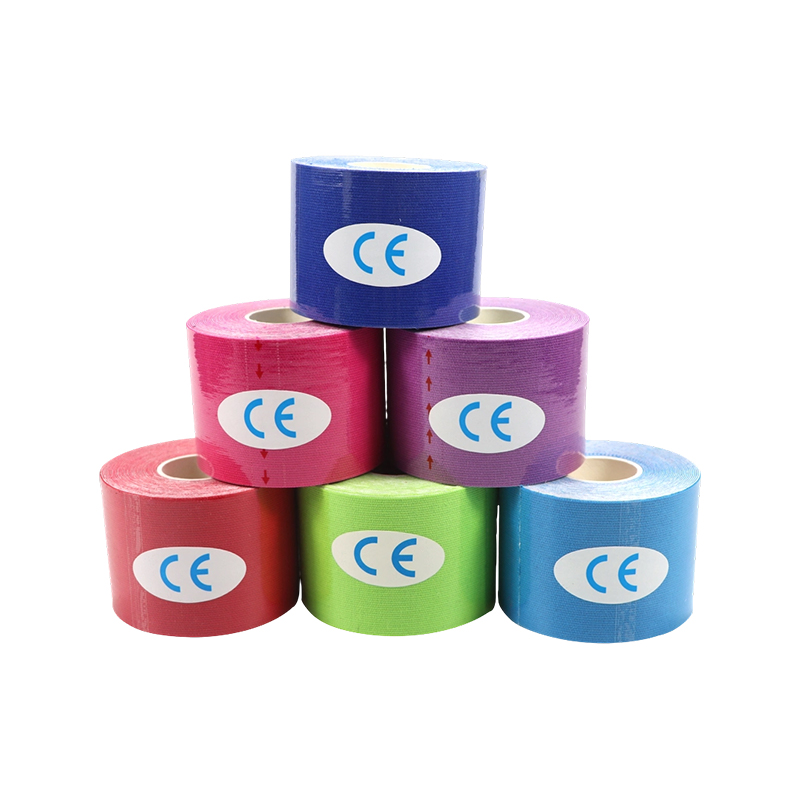
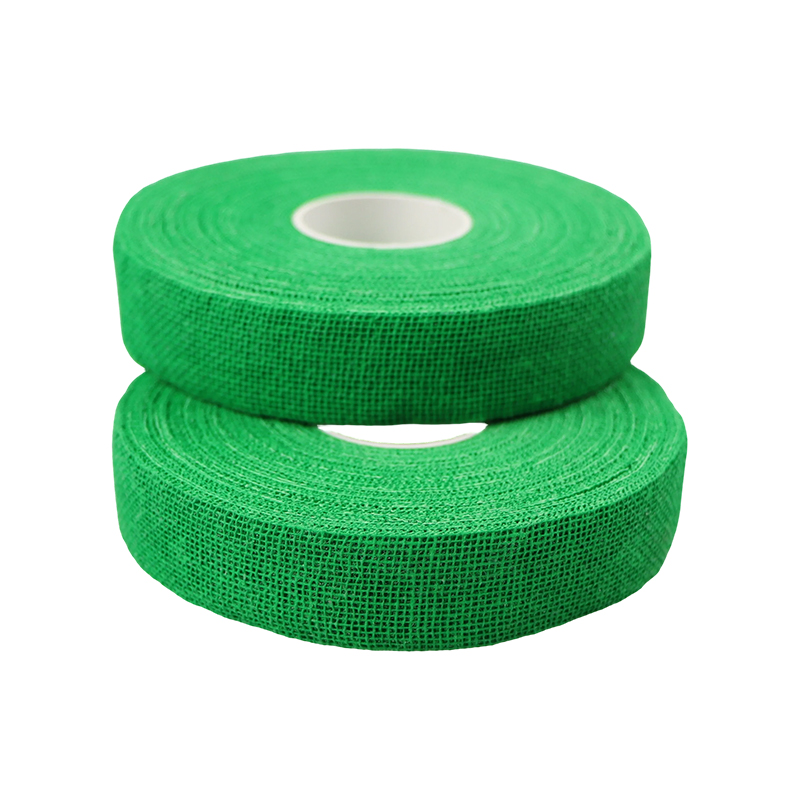
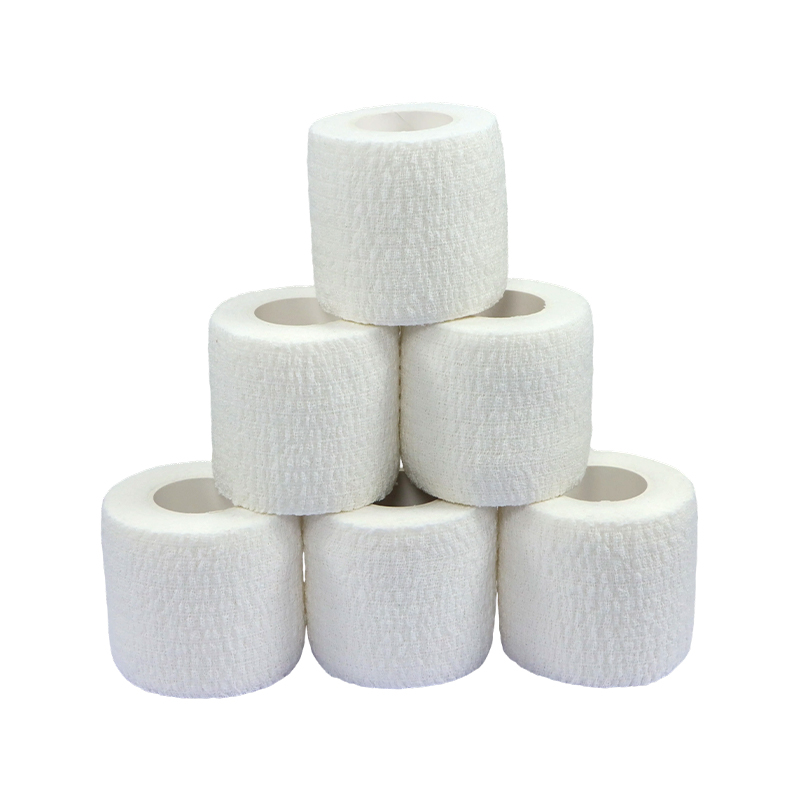
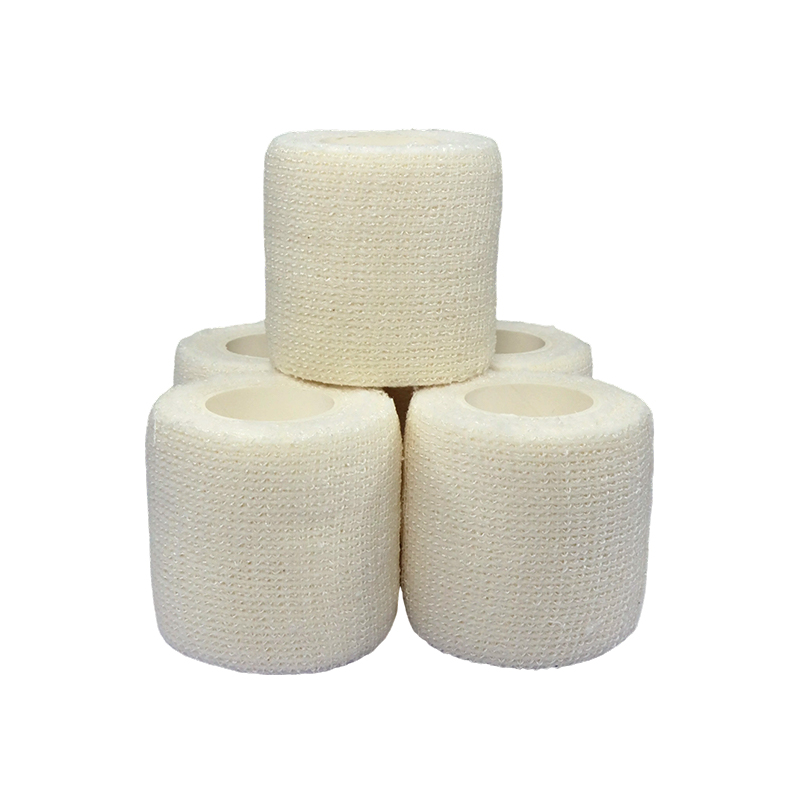

 ENG
ENG

